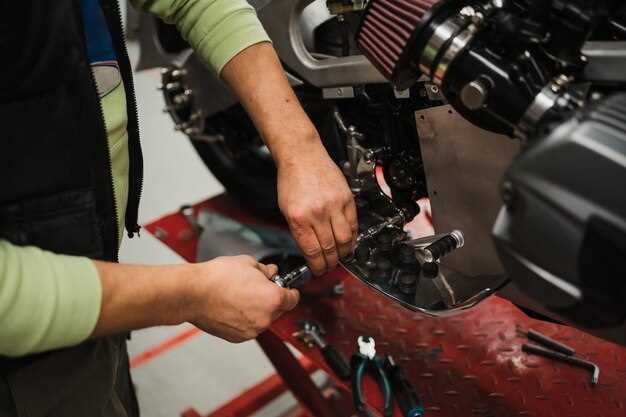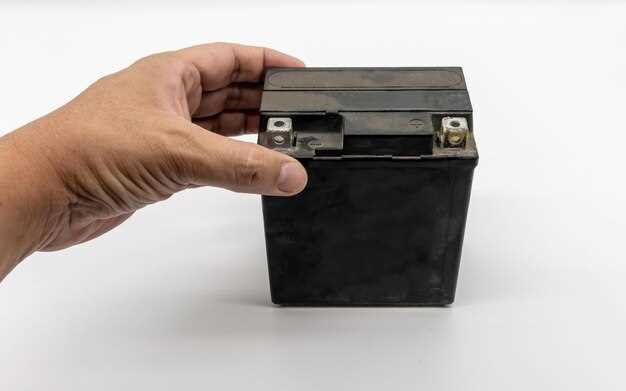
Maintaining the battery of your motorcycle is crucial for ensuring its reliability and performance. A well-maintained battery not only extends the life of your motorcycle but also prevents unexpected breakdowns. This article will provide essential battery maintenance tips and techniques that every motorcycle owner should know.
Understanding how your motorcycle’s battery operates is the first step in effective maintenance. Motorcycle batteries are typically of two types: lead-acid and lithium-ion, each requiring specific care routines. Regular checks and simple maintenance tasks can greatly enhance your battery’s longevity and efficiency, making it imperative to incorporate these practices into your routine.
In the following sections, we will explore various techniques such as proper charging methods, regular inspections for corrosion, and tips for winter storage. By implementing these motorcycle battery maintenance strategies, you can ensure that your bike is always ready to hit the road when you are.
Testing and Monitoring Battery Voltage Regularly

Regular testing and monitoring of your motorcycle’s battery voltage is crucial for optimal maintenance and long-term performance. A healthy battery should consistently display a voltage within the range of 12.6 to 12.8 volts when fully charged. To ensure your battery is functioning properly, use a digital multimeter to measure the voltage at the terminals. Connect the multimeter leads to the positive and negative terminals, ensuring a secure connection to obtain an accurate reading.
It is recommended to conduct these tests at least once a month, especially during periods of inactivity or extreme weather conditions, which can affect battery performance. Additionally, after any long rides, check the voltage to confirm that the battery is charging correctly while the motorcycle is in use.
Monitoring the voltage regularly will also help to identify potential issues early on, such as problems with the charging system or accumulation of sulfation, which can reduce battery life. If you notice a voltage drop below 12.4 volts, it may indicate the need for a charge or an assessment of the battery’s health.
Incorporating battery voltage checks into your routine maintenance regimen not only prolongs the life of your battery but also enhances the reliability of your motorcycle. By staying proactive, you can avoid unexpected failures on the road and ensure a smooth riding experience.
Proper Cleaning Techniques for Battery Terminals
Maintaining a motorcycle battery requires attention to detail, especially when it comes to cleaning the battery terminals. Corrosion and dirt buildup on the terminals can lead to poor electrical connections and reduced performance. To ensure optimal maintenance and longevity of your battery, follow these cleaning techniques.
First, gather the necessary tools: a pair of protective gloves, a wire brush or terminal cleaner, baking soda, water, and a clean cloth. Before you begin, make sure the motorcycle is turned off, and remove the key from the ignition for safety.
Start by disconnecting the battery cables. It is essential to remove the negative terminal first, followed by the positive terminal. This helps minimize the risk of short-circuiting during the cleaning process. Once the cables are removed, inspect the terminals for signs of corrosion, which typically appears as a white, crusty substance.
Next, prepare a cleaning solution by mixing a tablespoon of baking soda with a cup of water. This solution neutralizes corrosion effectively. Using a clean cloth or a sponge, apply the baking soda solution to the terminals and surrounding areas. Allow it to sit for a few minutes to break down any corrosion.
After the solution has had time to work, take the wire brush or terminal cleaner and gently scrub the terminals. Focus on removing corrosion without damaging the metal. Once cleaned, rinse the terminals with clean water and ensure no baking soda residue remains.
Once the terminals are dry, reconnect the battery cables, attaching the positive terminal first and then the negative terminal. This order is crucial for proper maintenance and to prevent any potential electrical issues.
Regularly checking and cleaning your motorcycle battery terminals can enhance battery life and performance. Aim to perform this maintenance every few months or if you notice any signs of corrosion or connectivity issues.
Optimal Storage Conditions for Long-lasting Battery Life

To ensure the longevity of your motorcycle battery, proper storage conditions are essential. A well-maintained battery can significantly extend its life and performance. Firstly, the ideal environment should be cool and dry, as excessive heat can accelerate the deterioration of battery components. Aim for a storage temperature between 50°F to 80°F (10°C to 27°C).
Next, always store the battery in a location that is free from moisture. Humidity can lead to corrosion, which compromises the battery’s efficiency. Additionally, place the battery on a non-conductive surface, avoiding direct contact with concrete floors that may draw heat away and cause damage.
It’s crucial to ensure the battery is fully charged before storage. A partially charged battery may freeze or sulfates, leading to irreversible damage over time. Regularly check the charge level, and consider using a maintenance charger or trickle charger to keep the battery at optimal performance.
Lastly, keep the battery terminals clean and free from corrosion. Applying a thin layer of petroleum jelly or a terminal protector can help prevent buildup that might impede connectivity. Following these maintenance tips during storage will help ensure a reliable and efficient battery when it’s time to hit the road again.
